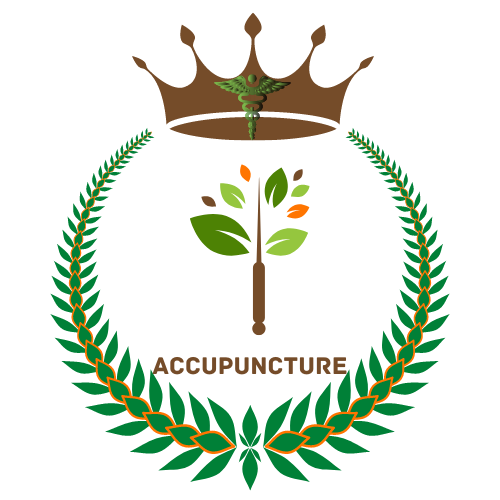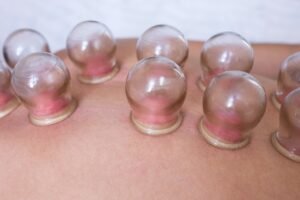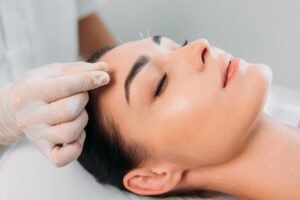
HISTORY
Acupuncture’s history dates back thousands of years to ancient China. The exact origins are somewhat debated, but the earliest recorded mention of acupuncture can be found in the ancient Chinese medical text known as the “Huangdi Neijing” or “Yellow Emperor’s Inner Canon,” believed to have been written around 200 BCE. This text outlines the fundamental principles of acupuncture and traditional Chinese medicine.
Acupuncture evolved over time, with different schools of thought and approaches developing. It was traditionally practiced by folk healers and passed down through generations. As China’s cultural influence spread, so did acupuncture’s popularity to neighboring regions in Asia.
TYPES OF ACUPUNCTURE
- TRADITIONAL CHINESE ACUPUNCTURE
- JAPANESE ACUPUNCTURE
- KOREAN ACUPUNCTURE
- AURICULAR ACUPUNCTURE
- ELECTRO ACUPUNCTURE
- MEDICAL ACUPUNCTURE
This is the foundational and most widely practiced form of acupuncture. It's based on the principles of traditional Chinese medicine, focusing on balancing Qi and harmonizing the body's energy flow through meridians. Various acupuncture points are stimulated based on the patient's specific condition.
Japanese acupuncture emphasizes a gentler approach with shallower needle insertions. It often involves palpation to identify points and techniques that prioritize patient comfort. This style also places importance on meridian theory and personalized treatment.
Korean acupuncture incorporates principles from both traditional Chinese medicine and Korean medicine. It often involves the use of hand acupuncture (using the hand to represent the entire body) and Five Elements theory. Korean practitioners may also use unique acupuncture points specific to their tradition.
Also known as ear acupuncture, this approach focuses exclusively on stimulating points on the ear. The ear is considered a microcosm of the whole body, with points corresponding to various organs and systems. It's commonly used for addiction treatment, pain management, and mental health issues.
This modern variation involves attaching electrodes to acupuncture needles. A mild electric current is then applied, enhancing the stimulation of the acupuncture points. It's often used for pain management, neurological conditions, and muscle disorders.
This term refers to the integration of acupuncture into conventional medical practices. Physicians and healthcare providers may incorporate acupuncture techniques to complement other treatments, particularly for pain management and symptom relief.
TECHNIQUES OF ACUPUNCTURE
- TRADITIONAL NEEDLE INSERTION
- MOXIBUSTION
- CUPPING THERAPHY
- ACUPRESSURE
- NEEDLE ROTATION AND TWISTING
- NON INSERTIVE TECHNIQUES
This involves gently inserting thin, sterile needles into acupuncture points on the body. The depth of insertion and angle can vary based on the location of the point and the condition being treated.
Moxibustion involves burning a dried herb called mugwort (moxa) near acupuncture points to generate heat. The warmth is believed to stimulate circulation and promote the flow of Qi. Moxa can be used directly on the skin or indirectly with the use of a barrier like ginger or salt.
While not strictly an acupuncture technique, cupping involves placing cups on the skin and creating suction. The suction draws blood to the surface, promoting blood flow, relieving muscle tension, and improving energy flow.
Similar to acupuncture, acupressure involves applying pressure to acupuncture points with fingers, hands, elbows, or specialized tools. It's a needle-free alternative that can be used for pain relief and relaxation.
Once the needles are inserted, acupuncturists may gently rotate or twist them to enhance the stimulation of the acupuncture points.
These techniques are used for patients who are sensitive to needles. They involve stimulating acupuncture points without actually inserting needles, using methods such as lasers or magnets.




TREATMENTS
Acupuncture treatments encompass a wide range of conditions and health concerns. While its effectiveness can vary from person to person, acupuncture has been used to address various physical, mental, and emotional issues. Here are some common areas where acupuncture is applied:
Pain Management:
Acupuncture is perhaps most well-known for its effectiveness in managing pain. It’s used to alleviate various types of pain, including back pain, neck pain, joint pain, headaches, migraines, and arthritis. The stimulation of acupuncture points is believed to release endorphins, the body’s natural painkillers
Digestive Disorder
Acupuncture is used to address various digestive issues, including irritable bowel syndrome (IBS), indigestion, nausea, and acid reflux. It aims to balance the digestive system and promote better functioning.
Sleep Disorder
Acupuncture can be effective in improving sleep quality and addressing insomnia. By promoting relaxation and balancing energy flow, it may help regulate sleep patterns.
Allergies
Acupuncture is often used as a complementary therapy for allergies and sinus issues. It’s believed to modulate the immune response and reduce symptoms like congestion and sneezing
Women's Health
Acupuncture is used to address women’s health concerns such as menstrual irregularities, PMS symptoms, fertility issues, and menopausal symptoms. It’s thought to regulate hormonal imbalances and promote reproductive health.
Respiratory Conditions
Acupuncture may help manage respiratory conditions like asthma and allergies by promoting better lung function and reducing inflammation
Neurological Conditions
Acupuncture is sometimes used to support patients with neurological disorders like Parkinson’s disease and multiple sclerosis. While not a cure, it can help manage symptoms and improve quality of life.
THERAPHIES
Stress and Anxiety
Acupuncture can have a calming effect on the nervous system, making it useful for reducing stress and anxiety. The relaxation response it triggers may help lower cortisol levels and promote a sense of well-being.
Depression
Some people find that acupuncture sessions help improve their mood and reduce symptoms of depression. The acupuncture points chosen for treatment may vary depending on the individual’s specific symptoms and underlying imbalances.
Addiction and Substance Abuse
Acupuncture has been incorporated into addiction treatment programs to aid in reducing cravings and withdrawal symptoms associated with substances like nicotine and opioids.
Cancer Support
Acupuncture is sometimes used in cancer care to manage pain, nausea, and fatigue, and improve overall well-being. However, it’s important for cancer patients to consult their healthcare team before undergoing any complementary treatments.
Muscle Tension and Spasms
Acupuncture can help relax tight muscles and alleviate muscle spasms, making it beneficial for conditions like fibromyalgia and muscle injuries.
Immune Health System
Some people seek acupuncture to boost their immune system and enhance their overall health and resilience.

